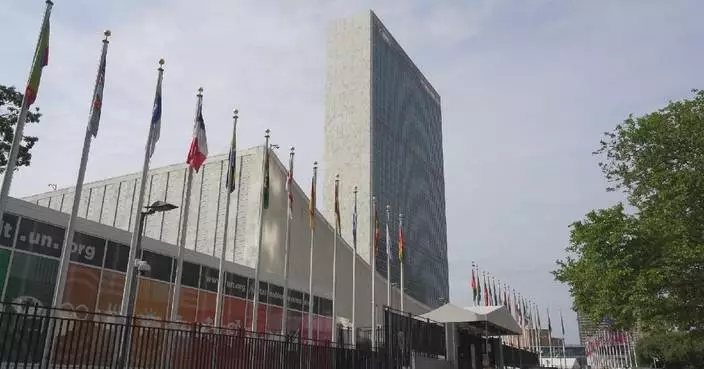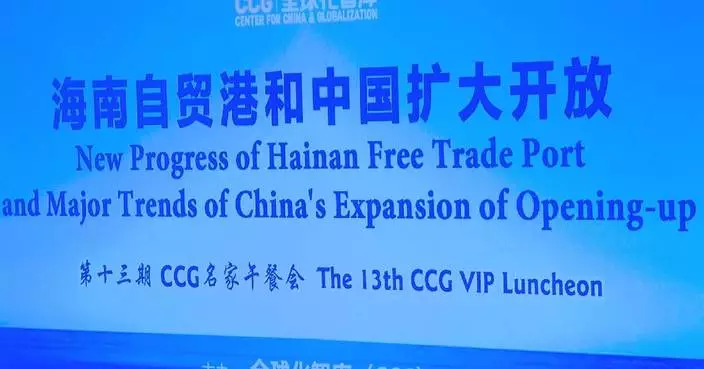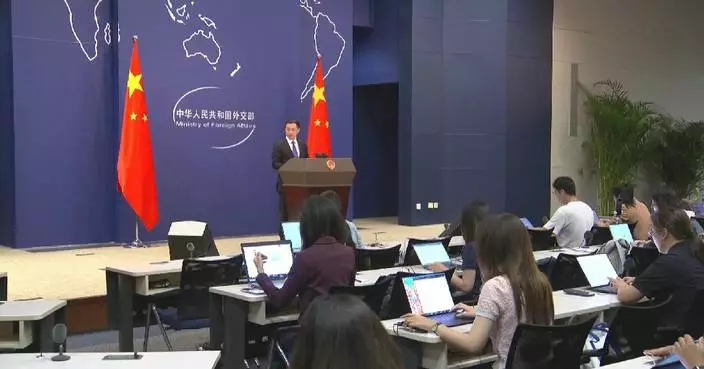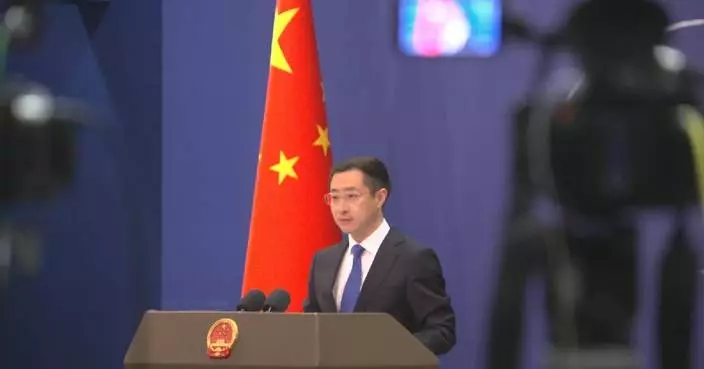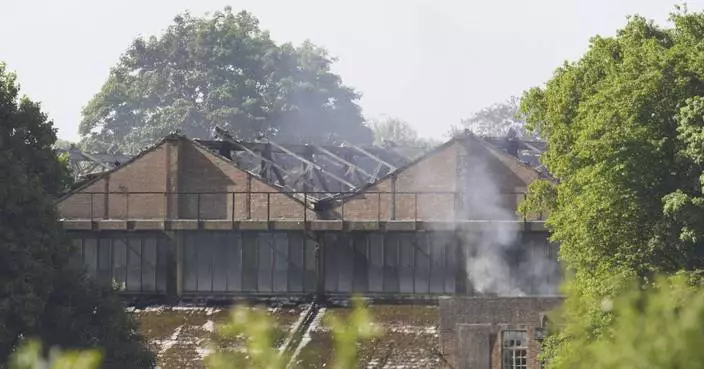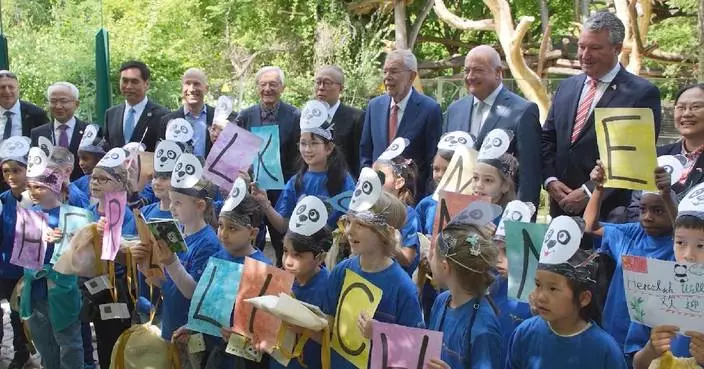Chinese President Xi Jinping visited more than 15 cities and a special administrative region in 2024, focusing on core issues including grassroots-level governance and cultural heritage.
Xi inspected Zaolinxi Community, a community in northwest China's Gansu Province, in September for its grid-based management system.
Grid-based management is key to Chinese grassroots-level governance. It divides a certain number of households into grids, with a person who can respond to people's daily needs designated to each grid, as part of efforts to ease any dissatisfaction that could escalate into social problems.
The community has more than 5,600 households, with more than 11,000 people living there. Wang Tong is one of the staff members who shared her story with President Xi in September.
"The visit of the general secretary has further strengthened my love for this job, and this love has really strengthened my belief," she said.
Improving people's livelihood through the empowerment of innovation and technology is another key element of President Xi’s inspections in 2024.
"People's livelihood is of utmost importance in Chinese modernization. All the work of the Communist Party of China (CPC) is intended to ensure a happier life for the people," Xi said during his inspection tour of Chongqing in April, where he visited a community in the city's Jiulongpo District to learn about local efforts in renovating old residential buildings and providing handy service for the public.
In May, President Xi visited east China's Shandong province. While he was in the city of Rizhao, Xi toured the Sunshine Coast Green Lane, which focuses on the restoration of the coastline’s ecosystem.
Locals said they were deeply impressed by how much Xi cares about the well-being of the people.
"During the tour, what touched me the most is that the General Secretary, at every moment, always thinks about the people, and considers the well-being of local residents and tourists," said Liu Wenjun, director of the Wanpingkou scenic spot in Rizhao.
"A happy life comes from hard work. The great rejuvenation of the Chinese nation will definitely be realized," Xi said during the visit.
In October, President Xi visited the Six Feet Lane in Anhui province, where he highlighted the cultural importance of social harmony and peace as essential values in governance.
The Liuchi Xiang, or "Six Feet Lane" in English, is an about 2-meter-wide and 100-meter-long lane built during the reign of Emperor Kangxi in the Qing Dynasty (1644-1911).
A historic story behind the alley vividly explains the essence of tolerance and non-contention widely esteemed in Chinese culture.
"The Six Feet Lane approach is crucial in our grassroots governance. When disputes arise, people step back, take a moment and think of others. We take them to the Six Feet Lane for a walk and recite a poem, many issues will be resolved," said Qiao Lijuan, an official of the Xiyuan Community in Tongcheng.

Xi's domestic inspections in 2024 highlight grassroots governance, cultural heritage





